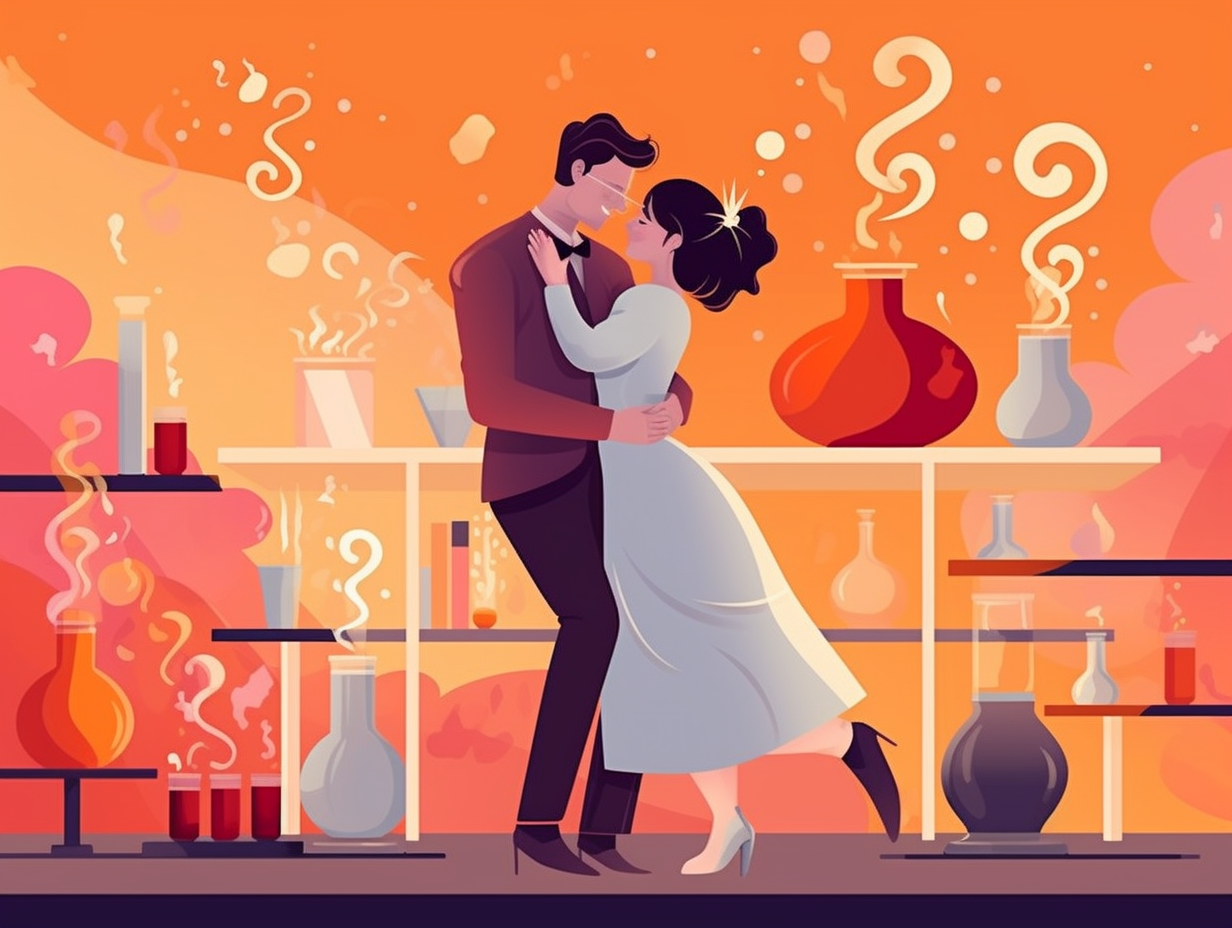Discover the Quirky World of Non-Metals: Top 12 Fun Facts You Won't Believe!

1. Phosphorus: The Matchmaker
Before the days of “swipe right” for romance, there was a time when “strike now” meant setting hearts, or rather, matches aflame: Phosphorus, not sulfur, played matchmaker as a key component in the creation of early matches. Robert Boyle's 1680 attempt to combine phosphorus and sulfur sparked danger rather than love, but in 1827, John Walker's modern match introduced a stable and convenient union of elements. These tiny fire starters continue to heat things up with phosphorus, alongside red phosphorus and potassium chlorate, in the friction strip for our burning pleasure.
Source => washingtonpost.com
2. Hydrogen: Earth's Lightest Superhero
What did the scientists say when hydrogen auditioned for the role of Earth's superhero? "You're a gas, Hydrogen!" But seriously: Hydrogen, the lightest non-metal element, is a key component in sustainable energy solutions and also makes up around two-thirds of the atoms in our bodies, making it indispensable in both life and fuel technologies.
Source => nature.com

Did you know sulfur plays a starring role in the ultimate celestial showdown? Discover its fiery significance in the Book of Revelation and the eternal fate of some notorious figures. 🔥📖
=> Fun Facts about Sulfur
3. Oxygen's Beach Party
Beaches beware: Oxygen's bringing its non-metallic entourage to your sandy soiree! That's right, a whopping 46% of Earth's crust is made up of oxygen, mingling with minerals like quartz, which gives most beach sands their iconic look. It's no surprise that these oxygen-rich quartz crystals form from cooling magma deep below the surface, partying until the weaker minerals are left behind in a weathered mess. And from these quartz-interrupted moments, glorious beaches are born: a testament to the lasting impact of non-metals on our world's geography.
Source => britannica.com
4. Nitrogen: A Double-edged Fertilizer
Roses are red, violets are blue, nitrogen's for plants, but too much is a boo: Although nitrogen acts as a vital ingredient for plant growth and a popular fertilizer choice, excessive amounts can wreak aquatic havoc by triggering overgrowth of harmful algae and other plants, depleting oxygen levels that adversely affect fish and aquatic life, while also posing a threat to infants and young livestock when found in high concentrations in their drinking water.
Source => usgs.gov

5. Air's Non-metal Trio
In a game of "Marry, Air, Bury," oxygen took its vows, nitrogen floated on cloud nine, and fluorine wore the mourning garb: Unbeknownst to many, non-metals such as nitrogen, oxygen, and fluorine comprise the vast majority of Earth's atmosphere, playing critical roles in life and various chemical reactions.
Source => energyeducation.ca
6. Skipping Liquid: Non-metals Sublimate
Who needs a middle man when you can go straight from solid to gas? Watch out liquids, you've been bypassed: Non-metals like dry ice, snow, and solid iodine can directly transition into gas through the intriguing process of sublimation, skipping over the pesky liquid state altogether due to the energy needed to conquer intermolecular attractions during phase transitions.
Source => chem.libretexts.org
7. Graphite: The Slippery Super-Element
When Sir Isaac Newton had a door to unlock and decided to "stick" to science instead of oils and greases, he could've reached for the handy-dandy graphite: a non-metal element with lubricating properties that work in diverse temperatures, remaining smooth and effective without becoming viscous. It can even team up with liquids to reach the nooks and crannies of any mechanism. Being quite the overachiever, graphite also moonlights as the lead in pencils, leaving its mark on paper for future generations to decipher.
Source => milescityacehardware.com
8. Carbon: Captain Covalent
If carbon were a superhero, it'd be called "Captain Covalent" – swooping in to save the day as the backbone of life's complex molecules: This versatile non-metal forms up to four covalent bonds, making it the foundation of proteins, nucleic acids, carbohydrates, and lipids, while still allowing hydrogen, nitrogen, oxygen, phosphorous, and sulfur to play their own sidekick roles in biological molecular teams.
Source => bio.libretexts.org
9. Helium's High-flying Talents
Hold onto your balloons, Dorothy, we're not in Kansas anymore: Non-metal helium, primarily known for sending colorful party decorations skyward, moonlights as a technological powerhouse! It plays a pivotal role in everything from crafting electronic devices like fiber optic cables and semiconductor chips to piloting MRIs and the Large Hadron Collider and even assisting respiratory treatments with a heliox concoction. So, cheers to helium for keeping us afloat in more ways than one!
Source => mcgill.ca

10. Water Disinfectants vs. Aquatic Life
When fish get "chlor"ophobic and reptiles can't shake their chloramine blues: Chlorine and chloramine are disinfectants used to keep our drinking water germ-free since 1908 and 1929 respectively. However, these same lifesavers can turn lethal to fish, aquatic critters, reptiles, and amphibians who absorb water directly into their bloodstream. A friendly chat with local pet store experts about removing disinfectants might just save their aquatic day!
Source => cdc.gov
11. Boron: Social Butterfly of Non-metals
Who needs a BFF when you've got some boron action goin' on? It loves hanging out with metals and creating gossip-worthy structures, like the hexagonal, cuboctahedral, and icosahedral shapes you see in the coolest chemistry cocktail parties: Boron is the social butterfly of non-metals that forms complex bonds with its metallic pals, giving birth to fascinating borides with impressive crystal structures. Some rare-earth borides can be temperamental and decompose without melting, but adding a dash of silicon keeps them steady and ready to party.
Source => chem.libretexts.org
12. Nitrous Oxide: Laughing Gas Giggles
What do dentists and stand-up comedians have in common? They both rely on nitrous oxide to get a giggle out of their audience: This whimsical non-metal gas, affectionately known as "laughing gas" or "happy gas", is widely used in dental treatments to ease the pain and anxiety of young patients, leaving them comfortably drowsy yet conscious enough to follow what's happening around them – and ultimately smiling after the ordeal.
Source => rch.org.au
Related Fun Facts




















